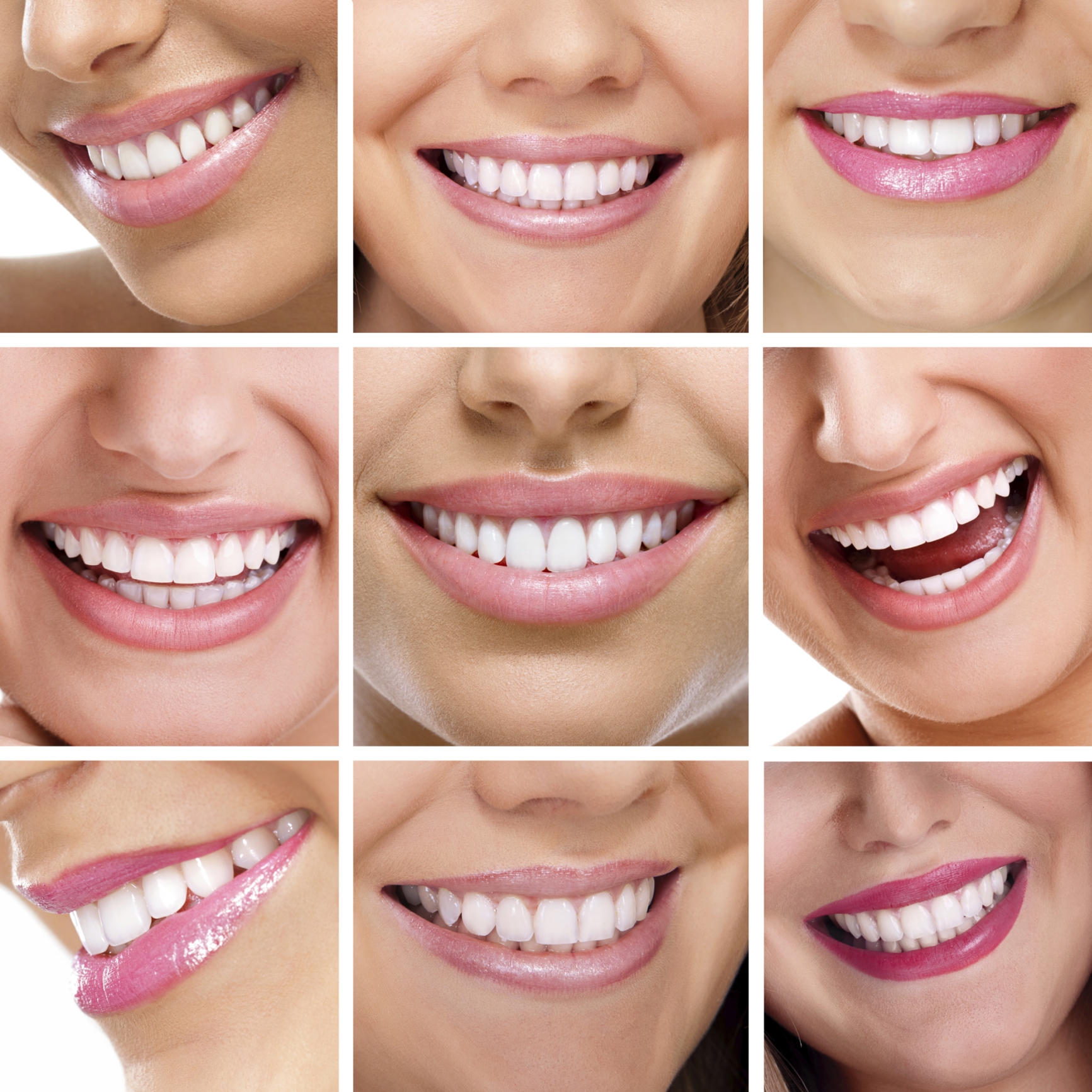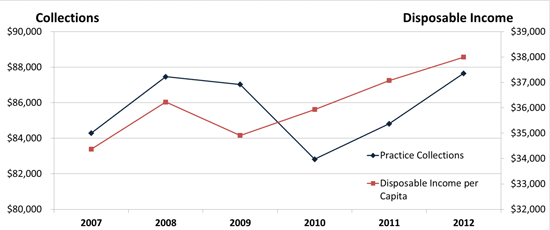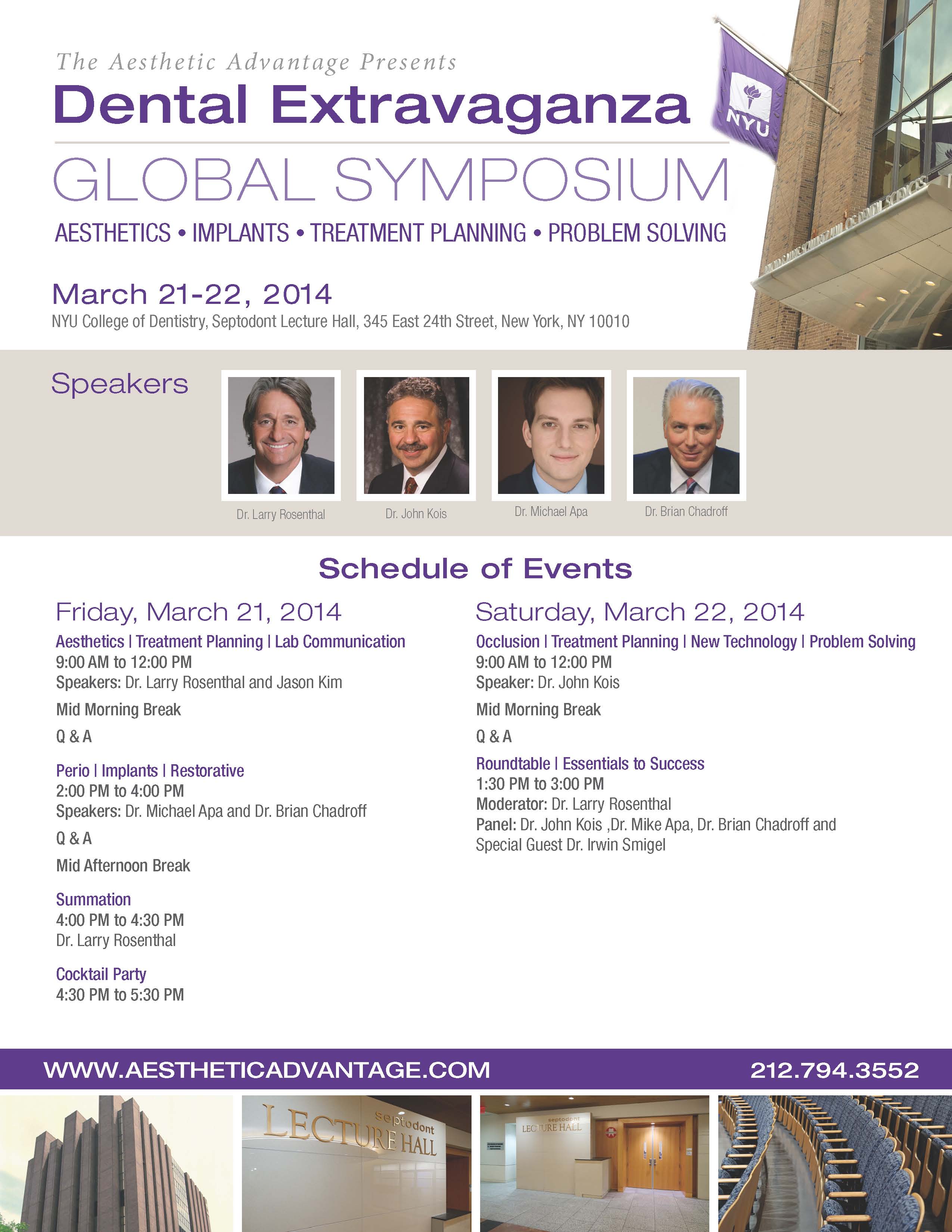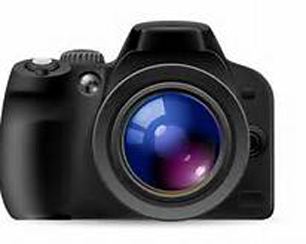 Many dentists ask us what the requirements are when it comes to their CE Credits.
Many dentists ask us what the requirements are when it comes to their CE Credits.
While we can’t promise that this list is 100% accurate, we do attempt to keep it as up-t0-date as possible.
Here is a list broken down by state-
ALABAMA:
Dentists:
20 CE hours annually (10 hours can be taken online or through correspondence) – affidavit submitted by October 1st annually
Max. of 4 CE hours annually on courses covering insurance, government regulations, and tort liability and/or risk management
4 CE hours annually allowed for pro bono charitable work at non-profit clinics within Alabama; 1 CE hour per 4 hours of service
2 CE hours biannual in infection control as related to dentistry
CPR Requirement: Biannual, at Basic Life Support (BLS) level, AHA or ARC equivalent course (classroom element required)
Dental Hygienists:
12 CE hours anually (6 hours can be taken online or through correspondence) – affidavit submitted by October 1st annually
Max. of 4 CE hours annually on courses covering insurance, government regulations, and tort liability and/or risk management
Max. of 6 CE hours annually on courses on restorative dentistry
4 CE hours annually allowed for pro bono charitable work at non-profit clinics within Alabama; 1 CE hour per 4 hours of service
2 CE hours biannual in infection control as related to dentistry
CPR Requirement: Biannual, at Basic Life Support (BLS) level, AHA or ARC equivalent course (classroom element required)
ALASKA:
Dentists: 28 CE hours (14 hours can be taken online or through correspondence) – due by 12/31 on even-numbered years (ex. 2008).
Dental Hygienists: 14 CE hours (7 can be taken online or through correspondence) – due by 12/13 on odd-numbered years (ex. 2009)
ARIZONA:
Dentists: 72 CE hours (24 hours can be taken online or through correspondence) required every three years – each dentist has individual license expiration date.
Dental Hygienists: 54 CE hours (24 hours can be taken online or through correspondence) required every three years – each dental hygienist has individual license expiration date.
ARKANSAS:
Dentists: 50 CE hours – all CE can be taken online (except dental CPR recertification, which is required and needs to be in a classroom) – due every two years by 12/31 of even years (ex. 2008).
Dental Hygienists: 40 CE hours all CE can be taken online (except CPR recertification, which is required and needs to be in a classroom) – due every two years by 12/31 of even years (ex. 2008).
Registered Dental Assistants: 2 CE hours due every two years.
CALIFORNIA:
Dentists: 50 CE hours (25 hours can be taken online or through correspondence – required courses are: 2 hours of California Infection Control, 2 hours of California Dental Practice Act, and CPR is required in the classroom) required every two years – due by individuals birthday, every other year.
Dental Hygienist: 25 CE hours (12 can be taken online or through correspondence required courses are: 2 hours of California Infection Control, 2 hours of California Dental Practice Act, and CPR is required in the classroom) required every two years – due by individuals birthday, every other year.
Registered Dental Assistants: 25 CE hours (required courses are: 2 hours of California Infection Control, 2 hours of California Dental Practice Act, and CPR is required in the classroom) required every two years – due by individuals birthday, every other year.
COLORADO:
No CE requirements for the state.
CONNECTICUT:
Dentists: 25 CE hours (all can be taken online) – due every two years on individuals birthday, starting 10/2/2007.
Dental Hygienists: 16 CE hours required (none can be taken online) – due every two years on individuals birthday, starting 10/2/2007.
DELAWARE:
Dentists: 50 CE hours (20 hours can be taken online or through correspondence, and 10 of these 20 have to be testing hours) – due every two years by 3/1. Each individual has their assigned expiration year.
Dental Hygienists: 25 CE hours (10 hours can be taken online or through correspondence, and 5 of these 10 must be testing hours) – due every two years by 3/1. Each individual has their assigned expiration year.
FLORIDA:
Dentists: 30 CE hours (all can be taken online, except CPR which is required and must be taken in a classroom). Required courses are: 2 hrs of Medical Errors, 1 hour of HIV Review, 1 hour of Domestic Violence, and CPR (in classroom). Due every two years on 3/1, on even-numbered years (ex. 2008).
Dental Hygienists: 24 CE hours (all can be taken online, except CPR which is required and must be taken in a classroom). Required courses are: 2 hrs of Medical Errors, 1 hour of HIV Review, 1 hour of Domestic Violence, and CPR (in classroom). Due every two years on 3/1, on even-numbered years (ex. 2008).
GEORGIA:
Dentists: 40 CE hours (all can be taken online, except CPR, worth 4 hours, which must be taken in a classroom through American Red Cross) – due every two years on 12/31 of odd-numbered years (ex. 2009).
Dental Hygienists: 40 CE hours (all can be taken online, except CPR, worth 4 hours, which must be taken in a classroom through American Red Cross) – due every two years on 12/31 of odd-numbered years (ex. 2009).
HAWAII:
Dentists: 32 CE hours (16 hours can be taken online or through correspondence) – due every two years on 12/31 on odd-numbered years (ex. 2009).
Dental Hygienists: 32 CE Hours (10 hours can be taken online or through correspondence) – due every two years on 12/31 on odd-numbered years (ex. 2009).
IOWA:
Dentists: 30 CE hours (12 hours can be taken online or through correspondence) – due every two years on 6/30 on even-numbered years (ex. 2008).
Dental Hygienists: 20 CE Hours (12 can be taken online or through correspondence) – due every two years on 6/30 on odd-numbered years (ex. 2009).
Registered Dental Assistants: 20 CE Hours (12 can be taken online or through correspondence) – due every two years on 6/30 on odd-numbered years (ex. 2009).
IDAHO:
Dentists: 15 CE hours (all credits can be taken online or through correspondence) – due every year, each individual has their own expiration date.
Dental Hygienists: 12 CE hours (all credits can be taken online or through correspondence) – due every year, each individual has their own expiration date.
ILLINOIS:
Dentists: 32 CE hours (16 hours can be taken online or through correspondence) – due every two years by 9/30 on even-numbered years (ex. 2008).
Dental Hygienists: 24 CE hours (12 hours can be taken online or through correspondence) – due every two years by 9/30 on even-numbered years (ex. 2008).
INDIANA:
Dentists: 20 CE hours (10 hours can be taken online or through correspondence). Required course is CPR (must be completed in a classroom) – due every two years, each individual’s renewal date is on their birthday, on even-numbered years (ex. 2008).
Dental Hygienists: 14 CE hours (7 hours can be taken online or through correspondence). Required course is CPR (must be completed in a classroom) – due every two years, each individual’s renewal date is on their birthday, on even-numbered years (ex. 2008).
KANSAS:
Dentists: 60 CE hours (all credits can be taken online or through correspondence) – due every two years on 12/1 of even-numbered years (ex. 2008).
Dental Hygienists: 30 CE hours (all credits can be taken online or through correspondence) – due every two years on 12/1 of even-numbered years (ex. 2008).
KENTUCKY:
Dentists: 30 CE hours (10 hours can be taken online or through correspondence) – Required courses are: 1 hour of Infection Control and 1 hour of HIV/AIDS. Due every two years on 12/1 on odd numbered years (ex. 2007).
Dental Hygienists: 30 CE hours (10 hours can be taken online or through correspondence) – Required courses are: 1 hour of Infection Control and 1 hour of HIV/AIDS. Due every two years on 12/1 on even-numbered years (ex. 2008).
LOUISIANA:
Dentists: 40 CE hours with at least 20 hour of clinical coursework (10 hours of clinical courses can be taken online or through correspondence). Due every two years on 12/31.
Dental Hygienist: 24 CE hours with at least 12 hours of clinical coursework (6 hours of clinical courses can be taken online or through correspondence), Due every two years on 12/31.
MAINE:
Dentists: 40 CE hours (10 hours can be taken online or through correspondence) – CPR is mandatory every two years. Due 12/31 on even-numbered years (ex. 2008).
Dental Hygienists: 30 CE hours (5 hours can be taken online or through correspondence) – CPR is mandatory every two years. Due 12/31 on odd-numbered years (ex. 2009).
MARYLAND:
Dentists: 30 CE hours (15 hours can be taken on line or through correspondence) – required course is 2 hours of Infectious Disease Control. The 2-year period in which the continuing education shall be completed ends on December 31 of the year preceding the year in which the license is due for renewal. A licensee seeking renewal may receive up to 8 continuing education hours for providing volunteer pro bono dental services.
Dental Hygienist: 30 CE hours (15 hours can be taken on line or through correspondence) – required course is 2 hours of Infectious Disease Control. The 2-year period in which the continuing education shall be completed ends on December 31 of the year preceding the year in which the license is due for renewal. A licensee seeking renewal may receive up to 8 continuing education hours for providing volunteer pro bono dental hygiene services.
Get more information on MD Dental Continuing Education Requirements.
MASSACHUSETTS:
Dentists: 40 CE hours (8 hours can be taken online or through correspondence), due December 31st, every two years.
Dental Hygienists: 20 CE hours (4 hours can be taken online or through correspondence), due December 31st, every two years.
MICHIGAN:
Dentists: 60 CE hours (20 hours can be taken online or through correspondence) – Due every 3 years.
Dental Hygienists: 36 CE hours (12 hours can be taken online or through correspondence) – Due every 3 years.
Registered Dental Assistants: 36 CE hours (12 hours can be taken online or through correspondence) – Due every 3 years.
MINNESOTA:
Dentists: 50 CE hours – due every two years.
Dental Hygienists: 25 CE hours – due every two years.
Registered Dental Assistants: 25 CE hours – due every two years.
MISSISSIPPI:
Dentists: 40 CE hours (all hours can be taken online except CPR, which is required in a classroom) – due by 11/1 on odd-numbered years (ex. 2009)
Dental Hygienists: 20 CE hours (all hours can be taken online except CPR, which is required in a classroom) – due by 11/1 on even-numbered years (ex. 2008).
Registered Dental Assistants: 12 CE hours due every two years.
MISSOURI:
Dentists: 50 CE hours (all hours can be taken online or through correspondence) – Required course is Nitrous Oxide Sedation in Dental Offices, and 40 of the CE hours have to be knowledge and skills in treatment, health and safety of individual patient. Due every two years on even-numbered years (ex. 2008).
Dental Hygienists: 25 CE hours (all hours can be taken online or through correspondence) – Required course is Nitrous Oxide Sedation in Dental Offices. Due every two years on even-numbered years (ex. 2008).
MONTANA:
Dentists: 60 CE hours (cannot be taken online) due every three years. Each individual has their own expiration date.
Dental Assistants: 36 CE hours (cannot be taken online) due every three years. Each individual has their own expiration date.
NORTH CAROLINA:
Dentists: 15 CE hours (all CE hours can be done online or through correspondence) – due every three years. Each individual has their own expiration date.
Dental Hygienists: 6 CE hours (all CE hours can be done online or through correspondence) – due every three years. Each individual has their own expiration date.
NORTH DAKOTA:
Dentists: 20 CE hours (6 hours can be taken in a classroom or through correspondence) – Due on 7/1 on even-numbered years (ex. 2008).
Dental Hygienists: 15 CE hours (6 hours can be taken in a classroom or through correspondence) – Due on 7/1 on odd-numbered years (ex. 2009).
Registered Dental Assistants: 8 CE hours required.
NEBRASKA:
Dentists: 32 CE hours (10 hours can be done online or through correspondence) – due every two years, on odd-numbered years (ex. 2009).
Dental Hygienists: 32 CE hours (10 hours can be done online or through correspondence) – due every two years, on odd-numbered years (ex. 2009).
NEW HAMPSHIRE:
Dentists: 40 CE hours (8 hours can be taken online or through correspondence) – due every two years.
Dental Hygienists: 20 CE hours (4 hours can be taken online or through correspondence) – due every two years.
NEW JERSEY:
Dentists: 40 CE hours (20 hours can be taken online or through correspondence) – due every two years by 10/31 on odd-numbered years (ex. 2009)
Dental Hygienists: 20 CE hours (10 hours can be taken online or through correspondence) required course is: Nitrous Oxide refresher – due every two years on 1/1 on even-numbered years (ex. 2008)
Registered Dental Assistants: 10 CE hours (5 hours can be taken online or through correspondence) due every two years.
NEVADA:
Dentists: 20 CE hours (6 hours can be taken online or through correspondence) – due every year.
Dental Hygienists: 15 CE hours (6 hours can be taken online or through correspondence) – due every year.
NEW MEXICO:
Dentists: 60 CE hours (30 hours can be taken online) – due every 3 years by 6/30 – each individual has their own expiration year.
Dental Hygienists: 45 CE hours (22 hours can be taken online) – due every 3 years by 6/30 – each individual has their own expiration year.
Registered Dental Assistants: 30 CE hours (15 hours can be taken online) – due every 3 years by 6/30 – each individual has their own expiration year.
NEW YORK:
Dentists: 60 CE hours (18 hours can be taken online or through correspondence) – Required course is “Infection Control” – due every 3 years. Each individual has their own expiration date.
Dental Hygienists: 24 CE hours (10 hours can be taken online or through correspondence) – Required course is “Infection Control” – due every 3 years. Each individual has their own expiration date.
Licensees are not required to complete continuing education during their initial three-year registration period (except for professionals previously licensed in other states).
OHIO:
Dentists: 40 CE hours, including 7 hours of Substance Abuse and 7 hours of Infection Control – due every two years.
Dental Hygienists: 12 CE hours – due every two years.
OKLAHOMA:
Dentists: 60 CE hours – Required courses are: 3 hours of Medical Emergency, and 2 hours of Patient Management. Due every 3 years, each individual has their own expiration date.
Dental Assistants: 40 CE hours – Required courses are: 3 hours of Medical Emergency, and 2 hours of Patient Management. Due every 3 years, each individual has their own expiration date.
OREGON:
Dentists: 40 CE hours (all credits can be taken online) – due every two years on 3/31 – expiration year varies per individual.
Dental Hygienists: 24 CE hours (all credits can be taken online) – due every two years on 9/30 – expiration year varies per individual.
PENNSYLVANIA:
Dentists: 30 CE hours (15 can be taken online or through correspondence) due every two years.
Dental Hygienists: 20 CE hours (10 can be taken online or through correspondence) due every two years.
Expanded Function Dental Assistants: 10 CE hours (5 can be taken online or through correspondence) due every two years.
RHODE ISLAND:
Dentists: 60 CE hours (6 hours can be taken online or through correspondence) – due every 3 years.
Dental Hygienists: 30 CE hours – due every 3 years.
SOUTH CAROLINA:
Dentists: 14 CE hours (all CE hours can be taken online or through correspondence) – due every year by 3/1.
Dental Hygienists: 7 CE hours (all CE hours can be taken online or through correspondence) – due every year by 3/1.
SOUTH DAKOTA:
Dentists: 100 CE hours (75 hours can be taken online or through correspondence) – due every 5 years, date is different for every individual.
Dental Hygienists: 75 CE hours (50 hours can be taken online or through correspondence) – due every 5 years, date is different for every individual. Required course: 5 hours of Radiography.
Registered Dental Assistants: 60 CE hours required every 5 years.
TENNESSEE:
Dentists: Dentists are all required to fulfill 40 hours of continuing education during the two calendar year cycle (January 1 of an odd year – December 31 of an even year) and keep a current C.P.R. card at all times. A minimum of 2 of the required 40 biennial hours must be obtained in the area of chemical dependency education.
Dental Hygienists: Dental hygienists are all required to fulfill 30 hours of continuing education during the two calendar year cycle (January 1 of an odd year – December 31 of an even year) and keep a current C.P.R. card at all times. A minimum of 2 of the required 30 biennial hours must be obtained in the area of chemical dependency education. Beginning January 1, 2011, dental hygienists can obtain no more than 50% of their continuing education via online or web-based. This requirement does not apply to dentists and registered dental assistants.
Registered Dental Assistant: All registered dental assistants are all required to fulfill 24 hours of continuing education during the two calendar year cycle (January 1 of an odd year – December 31 of an even year) and keep a current CPR (at the BLS for Healthcare level) card at all times. A minimum of 2 of the required 24 biennial hours must be obtained in the area of chemical dependency education.
TEXAS:
Dentists: 12 CE hours (4 hours can be taken online or through correspondence – CPR must be taken in a classroom) – due every year, each individual has their own expiration day. every year for Dentist and Hygienist.
Dental Hygienists: 15 CE hours (4 hours can be taken online or through correspondence – CPR must be taken in a classroom) – due every year, each individual has their own expiration day.
Registered Dental Assistants: 15 CE hours (4 hours can be taken online or through correspondence – CPR must be taken in a classroom) – due every year, each individual has their own expiration day.
UTAH:
Dentists: 30 CE hours (all CE can be taken online or through correspondence – courses must be Clinical and not Practice Management) – due 5/31 of even-numbered years.
Dental Hygienists: 30 CE hours (all CE can be taken online or through correspondence – courses must be Clinical and not Practice Management) – due 5/31 of even-numbered years.
VIRGINIA:
Dentists: 15 CE hours (all hours can be taken online or through correspondence, CPR refresher is required) – due 3/31 every year.
Dental Hygienists: 15 CE hours (all hours can be taken online or through correspondence, CPR refresher is required) – due 3/31 every year.
VERMONT:
Dentists: 40 CE hours (all hours can be taken online or through correspondence) – Due every two years on 9/30 on odd-numbered years (ex. 2009).
Dental Hygienists: 40 CE hours (all hours can be taken online or through correspondence) – Due every two years on 9/30 on odd-numbered years (ex. 2009).
WASHINGTON:
Dentists: 21 CE hours (all hours can be taken online or through correspondence – required courses are: HIV/Aids Review is required only one time) – due every year, dates are different for every individual.
Dental Hygienists: 15 CE hours (all hours can be taken online or through correspondence – required courses are: HIV/Aids Review is required only one time) – due every year, dates are different for every individual.
WISCONSIN:
Dentists: 30 CE hours biannually
Dental Hygienists: 12 CE hours biannually
WEST VIRGINIA:
Dentists: 35 CE hours (17 hours can be taken online or through correspondence) – due every two years.
Dental Hygienists: 20 CE hours (10 hours can be taken online or through correspondence) – due every two years.
WYOMING:
Dentists: No CE hours for renewal. Only CPR is mandatory
Dental Hygienists: No CE requirements.
To learn more about the Rosenthal Institute and further your dental education, contact Aesthetic Advantage in New York to enroll in their state of the art dental continuum. Call today at 212-794-9600 or visit our website.
Aesthetic Advantage also proudly offers classes in London and Palm Beach.










